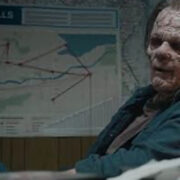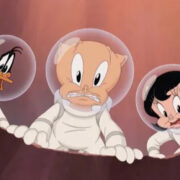Serial Killer Cinema: Deadly Depictions
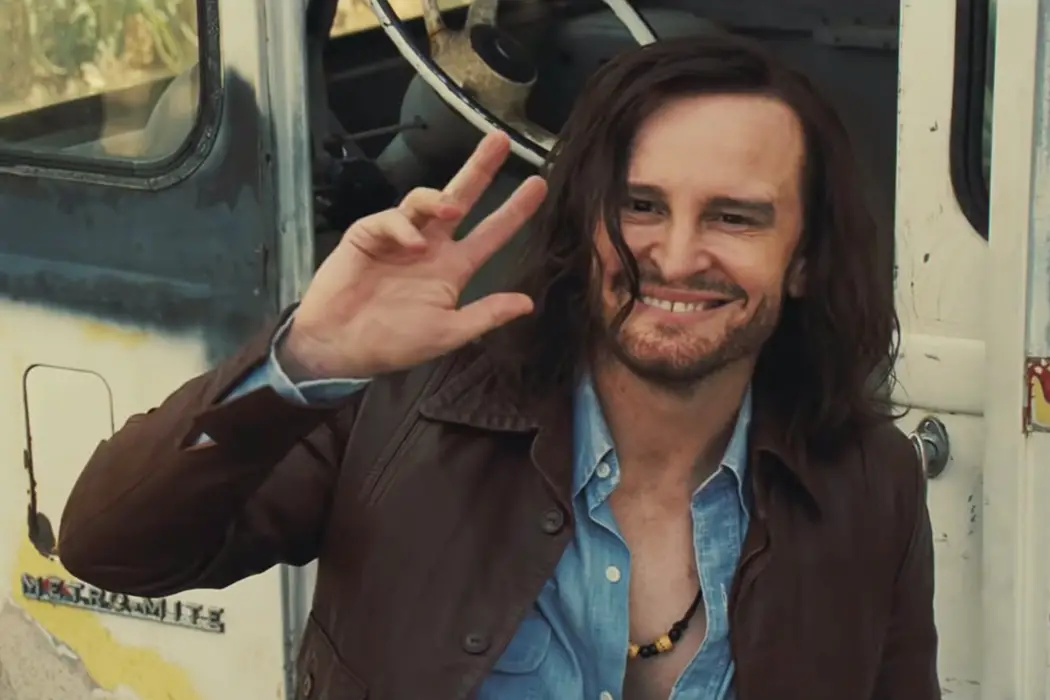
Bree is a journalism major living in Toronto. She is…
Horror has always been a particular genre of film that entices viewers, using natural fear of the unknown, suspenseful plots, mysterious characters and the ability to keep one on their toes. Serial killers depicted in film have taken the industry by storm and became popularized by the audience and their need to question what they know about humanity.
Specifically, films featuring psychotic or thoroughly disturbed characters, such as serial killers, have risen in popularity over the course of cinematic history due to an insatiable fascination with elements of life that tamper with one’s notion of safety and security. The beginning of these advances in film could have been spurred by developments made by the FBI in terms of defining the model of a what makes a serial killer. Even though the serial killer has always been in existence, an official term was only coined in the 1970’s by FBI agent, Robert Ressler.
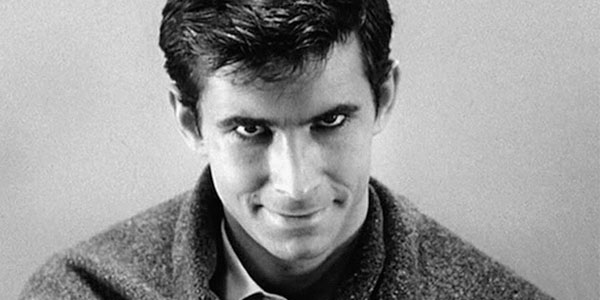
Once this term was established, the concept of serial killers exploded into the next interesting concept of film and television, replacing the more ancient depictions of horror film identities such as the likes of extraterrestrials, ghouls or werewolves and vampires. What makes films about serial killers so intriguing is the curiosity as it appeals to individuals and their natural instinct to survive, activating the cogs in their brain in forms of reactions or analysis. People question how an individual’s brain could be so brutally wired in a way that they would commit such heinous, vicious acts against another human being.
Origins of Classic Horror
The representation of serial killers has drastically changed over the course of film history, all beginning with popular hits of their era like Psycho (1960) or Peeping Tom (1960), which offered the world the newly ascending character but not yet the full appearance. For example, Norman Bates from Psycho is loosely based off of real-life serial killer, Ed Gein, The Butcher of Plainfield. Gein was a notorious American murderer who inspired other great horrors such as The Silence of the Lambs and The Texas Chainsaw Massacre in essence of how he would disfigure his victims, skin their faces, and utilize these skins for masks and other items.
Films inspired by serial killers were that essential piece of horror genre that utilized the anticipation of chase, the game of cat and mouse. Slasher films were gory and sinister, deliberately aiming to portray the most frenzied attack on unsuspecting victims. These films inflicted a mentality of jump scares, severing of bodies, blood-curdling screams, thus, creating the typical horror film among the likes of the Scream and Halloween franchises.
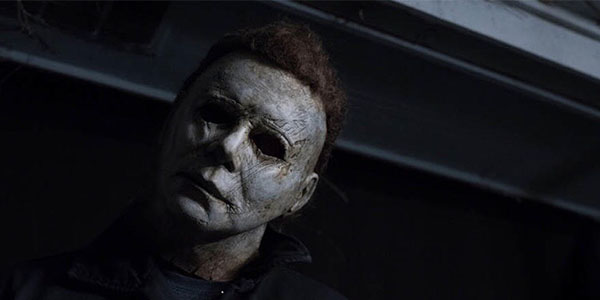
Slasher films portrayed the serial killers as freaks and monsters, plotting backstories of misery and pain as if to explain why the killer is the way they are. That their murderous tendencies were fueled by the tyranny of a mother or the neglect and abuse of a father. This era of horror genre manipulated the audience and their senses, evoking thrills and chills in order to intrigue and draw attention to films with a bunch of people being slaughtered.
Any horror film, particularly of the slasher/thriller genre has a psychological effect on the audience. Horror movies can be found as fun and enjoyable or where others may find it terrifying. This is the result of the Emotion Theory, a theory that explains reactions are based on the individual entirely. One may experience an adrenaline rush adjacent to riding a roller coaster or skydiving and one may experience true fear and emotional distress. It is as if the notion that serial killers exist in real life is either forgotten or heightened for individuals when viewing a horror film.
Biopics and the Growth of Glamourization in Film
In more recent years, serial killer biopics have hit the screens to present a more indepth psycho-analysis of what makes serial killers tick. To actively capture the embodiment of some of the world’s most deviant and evil killers, these films and documentaries are regarded as chilling and mind-muddling.
The most popular serial killers that still hold an eerie impact in today’s society include Ted Bundy, one of the most cunning and beastly killers, Jeffrey Dahmer, a cannibalistic rapist who murdered and dismembered more than a dozen men and Charles Manson, an American cult leader and serial killer.
However, it will not go unnoticed that films portraying serial killers have fallen prey to the legend of glamourization at times. A large example of romanticization of serial killers can be found in the works produced around the story of Ted Bundy. Netflix has had a field day with this manipulative murderer, claiming documentary style portrayals of Bundy in the likes of Conversations With A Killer: The Ted Bundy Tapes and Extremely Wicked, Shockingly Evil and Vile. While being both interesting perspectives of the Bundy murders and offering an intriguing insight of such a charming and calculated killer, these films unwittingly issued aspects of glamourization. There have been mixed reviews on these depictions, yet people remain fascinated with the tale of Bundy.
Directed by Joe Berlinger, Conversations With A Killer: The Ted Bundy Tapes, offered a sort of dramatization in relation to the cinematics of the four part series. While exhibiting a peek into the reality of Bundy, the series at times fell short of depicting Bundy as the twisted mind he truly was, riveting around the solid fact that Bundy would not confess until the day before he got the electric chair.
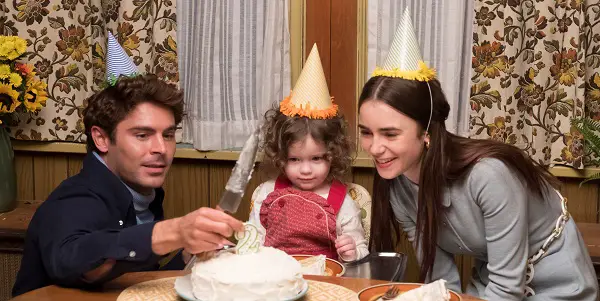
Extremely Wicked, Shockingly Evil and Vile did take another path, using Zac Efron as Ted Bundy in this thriller drama to further share the story of Elizabeth Kloepfer (Lily Collins) to see the truly evil and manipulative hold Bundy had on those he encountered. The intentions were to pay homage to the victims of Bundy in this film; however, there has been debate whether the mark was hit. Looking at the big picture, perhaps portrayals of Bundy appear to be overwhelming because of the explosive media coverage he gained in the seventies while he was on trial, as he thrived attention being the egotistic and controlling man he was.
Taking a look at another portrayal of a murderer, released in June of 2018, My Friend Dahmer detailed the haunting tale of Jeffrey Dahmer (played by Ross Lynch). This film in particular did not appear overly gruesome but more so paid attention to Dahmer’s repressed life of inner twistedness. Although, the film managed to drift into the category of glamourization because it tended to cast aside all elements of realism and depict Dahmer as a damaged soul.
The new film adaptation of the murders orchestrated by notorious cult leader Charles Manson with a twist, Once Upon A Time In Hollywood, directed by Quentin Tarantino, is set to be released this summer. The film focuses on a Hollywood actor and his sidekick/stunt double who are looking for their big break into the film industry, and Manson’s cult is the backdrop of the main plot. The film features the likes of Brad Pitt and Leonardo DiCaprio as part of the cast and Damon Herriman as Charles Manson. This film is anticipated to be a summer box hit, being compared to Pulp Fiction by Tarantino himself.
What is your take on films portraying serial killers? Do these films depict these killers accurately and, in your opinion, do you find there to be an element of glamourization? Discuss in the comments below!
Does content like this matter to you?
Become a Member and support film journalism. Unlock access to all of Film Inquiry`s great articles. Join a community of like-minded readers who are passionate about cinema - get access to our private members Network, give back to independent filmmakers, and more.
Bree is a journalism major living in Toronto. She is a passionate cinephile with a love for 70’s music and can be found in any nearby bookstore. Bree aspires to travel and share her love of story telling while embracing inclusivity in her writing.









